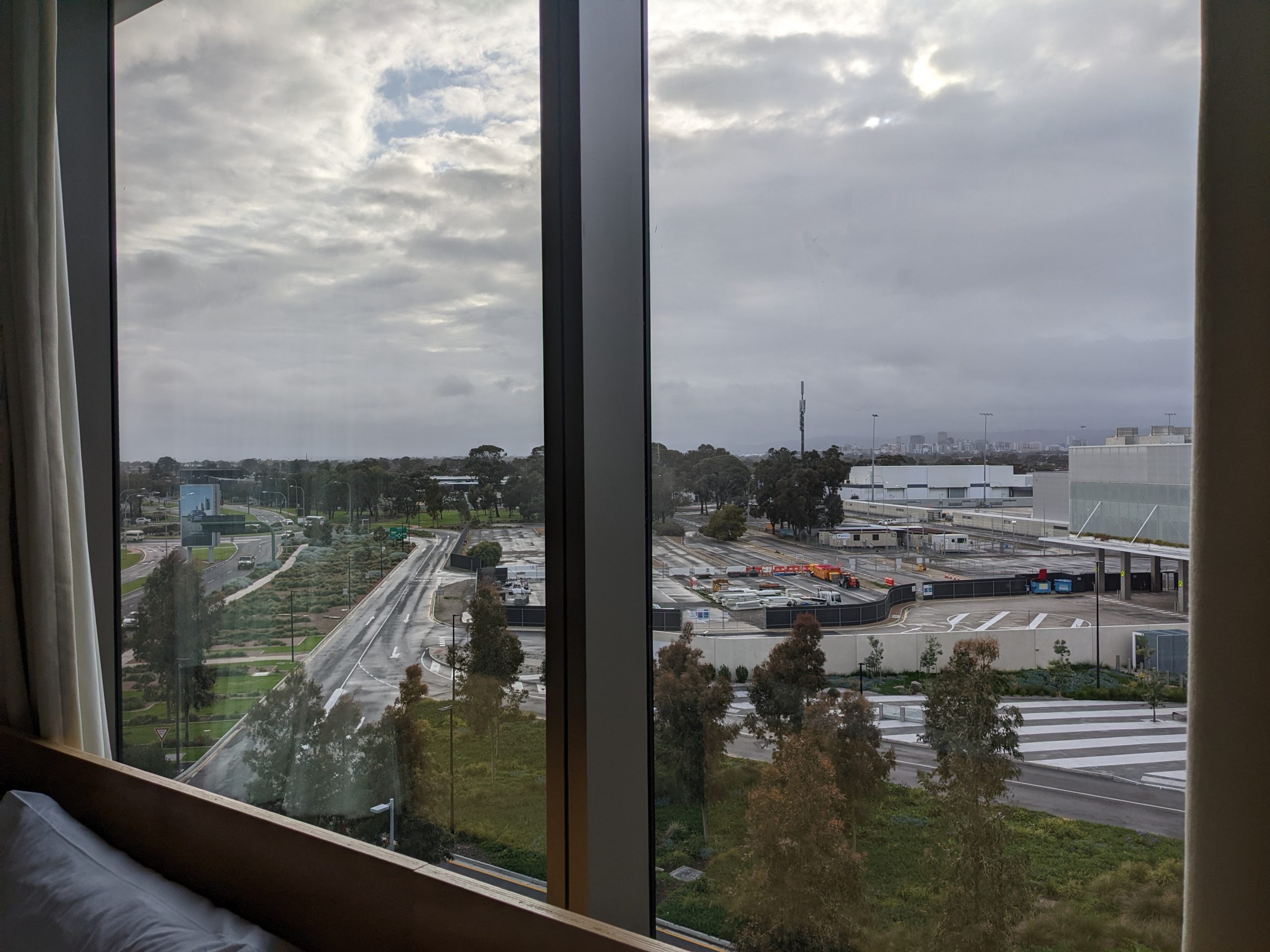“And while people in New York celebrate its cycles of boom and bust, ask Melburnians about their city’s recent history and many draw a blank. It barely features in school curriculums, which take a broader approach. Even at the municipal museum, the wing dedicated to the city’s history dwells on its colonial roots, before galloping through the last century.”
“A new documentary, ‘The Lost City of Melbourne,’ goes some way to explaining why the city looks the way it does. In less than 90 minutes, the movie retraces Melbourne’s architectural history, eulogizing some of the magnificent 19th-century buildings felled in the name of glass-fronted progress in the 1950s, 1960s and early 1970s.”
Cultural Cringe and ‘The Lost City of Melbourne’
By Natasha Frost
The Australia Letter is a weekly newsletter from The New York Times Australia bureau. The quote is written by Natasha Frost, a reporter in Melbourne.
If it can be said that Melbourne is a lost city in terms of history and heritage education, then all Australian capital cities stand condemned. Perhaps, progressive Adelaide stands less in blame, a planned city where the historic progressivist fight has been the most strong in the country.
But what has to be blamed, but more than blamed (acting on solutions), is the intellectual failure in the education. We struggled against the Australian disposition for the hatred of ideas, cemented in the cultural obsession on practices, ignorant what the practice really is. I have had enough. It is the time to smash this concrete of stupidity in Australia.

Image: Day View of Adelaide, Atura Hotel. Recently, I had a short trip to Adelaide. In this photograph is the many features in symbolism. We have the ‘worldview window’ on the environment. It is divided between the impoverished margins of the suburbs, and the power elite of the city. The image is of the city, in the distance, which has retained its history and heritage values, with building restrictions and the holding to the historical and progressivist plan; a plan of religious and secular dissenters. The image recalls ‘Christian’ standing in the distant, gazing to the “Celestial City” (“that which is to come”: Heaven) atop Mount Zion, in John Bunyan’s The Pilgrim’s Progress (1678). Adelaide is not an urban heaven, but it is intellectually a living utopia in the present time.
Neville Buch
Latest posts by Neville Buch (see all)
- Dear grossly, ethically, corrupted - December 21, 2024
- Thoughts with a Professional History colleague on “Artificial Intelligence” - December 21, 2024
- Stephanie M. Lee on “AI by omission”, The Chronicle of Higher Education, Thursday, December 19, 2024 - December 20, 2024

I always wonder if they had left some of the old buildings for Old Town Brisbane and built all of the new stuff away from the flood zones. Old Town Brisbane would really show of some heritage.
Indeed, the failure of town planning of the past. We have to remind the Council and the State Government of these counter-facts. Write to them and let them know.